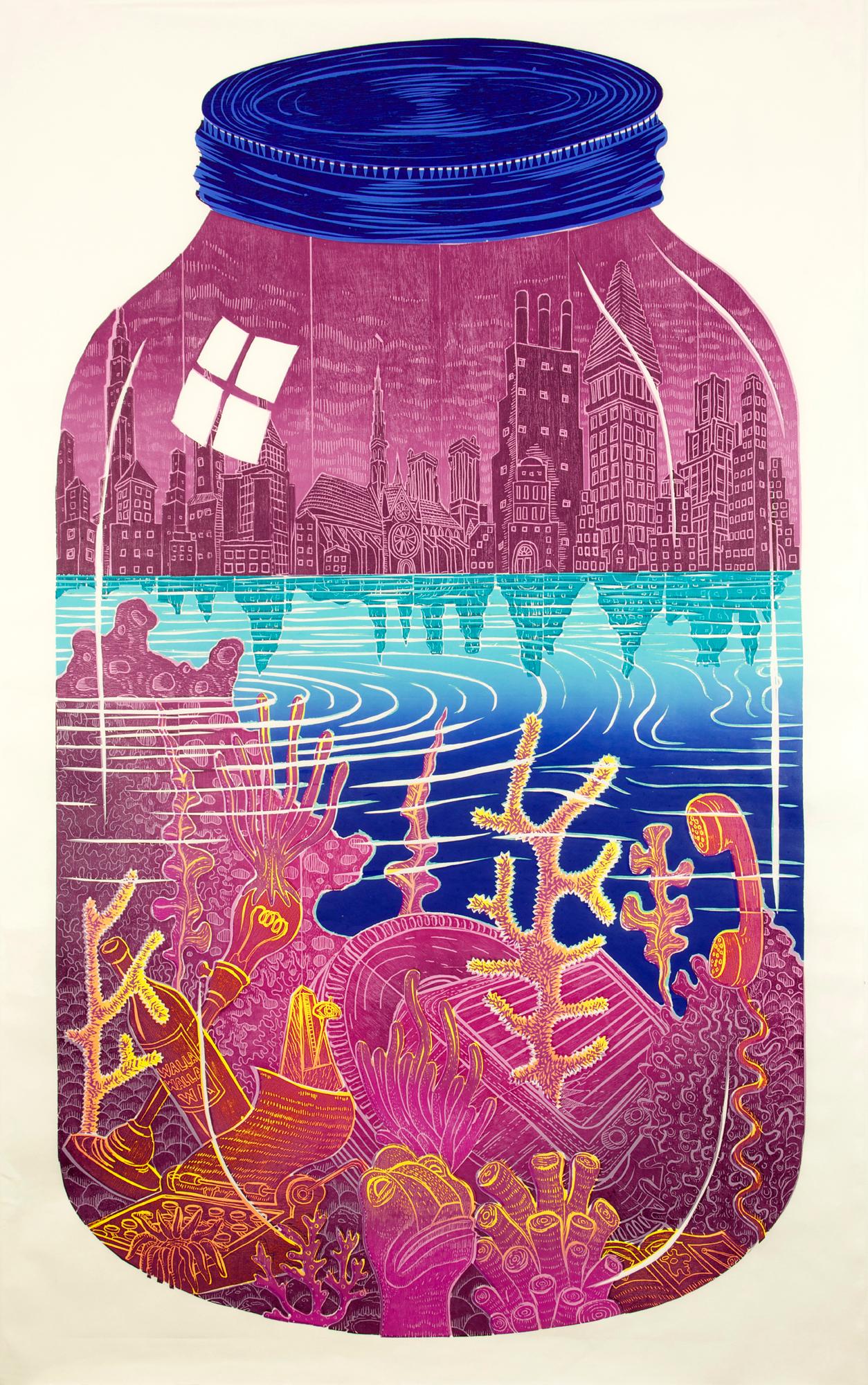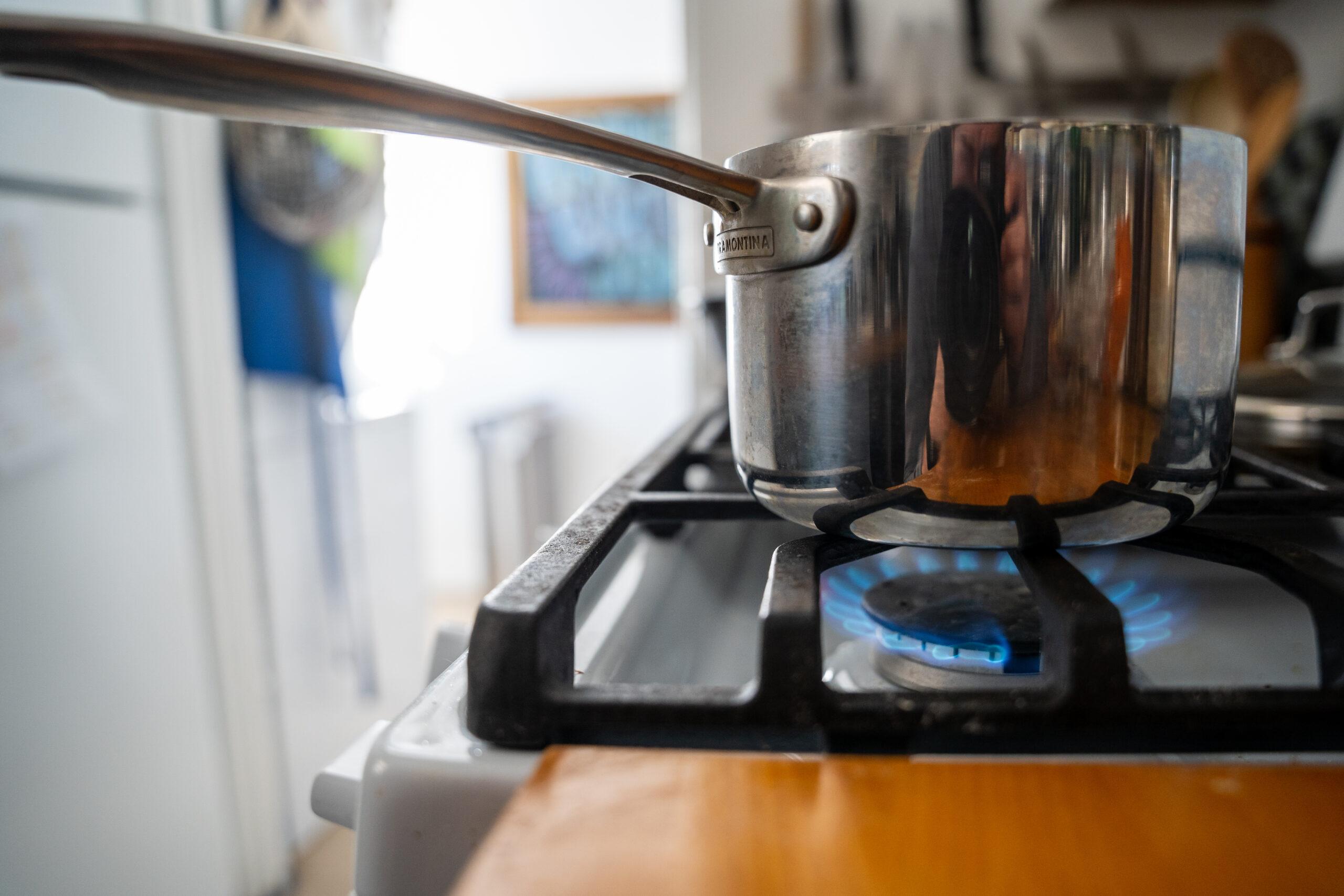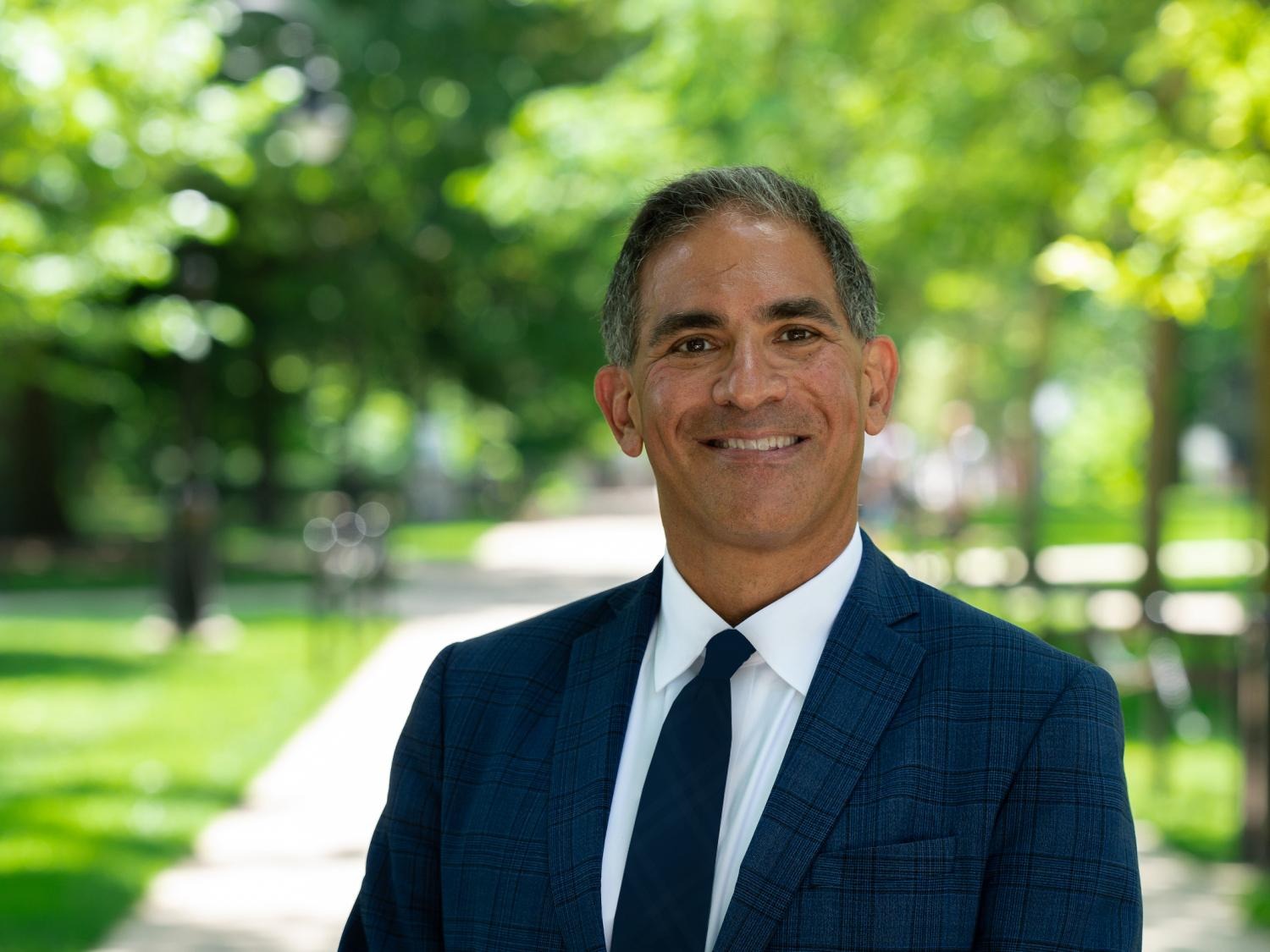
John Buck grew up surrounded by duck decoys, small figurines and other objects his father whittled from wood.
When the aspiring sculptor attended art school, he practiced making his own works from materials like bronze and fiberglass. But Buck eventually found a way back to wood.
“After I got out of graduate school, I found that I didn’t really have access to all the technology or equipment to make things out of bronze or steel and so forth,” he says. “So I just decided to get some wood and start carving it, and essentially this is where it’s led after about 40 years.”
The 69-year-old artist’s work appears in institutions like New York’s Museum of Modern Art, the San Francisco Museum of Modern Art, the Smithsonian American Art Museum and the Denver Art Museum.
Based in Montana, Buck now creates large-scale kinetic sculptures hand-carved from wood. They incorporate movement using motors, belts and gears. Some of the works are on display at Denver’s Robischon Gallery through August 29.
The exhibition marks the first time Robischon has dedicated its entire space to one artist. The show also features Buck’s freestanding figures as well as woodblock prints he makes with the help of Colorado-based collaborator Bud Shark.
CPR News spoke with Buck about his first solo show at Robischon Gallery since 2004. You can read an edited Q&A below.
CPR: After all these years, what is your favorite part of working with wood?
John Buck: I’ve done this with pine and cedar and basswood and other things, but I settled on a wood called jelutong because it’s a very neutral kind of wood. It doesn’t speak about the color of its grain changes. It’s just a soft, warm-colored wood. It’s a Malaysian wood that is imported for industry that uses it in crown molding and architecture. I get mine from Los Angeles. It’s basically a wood that’s soft and easy to carve yet strong enough to hold a shape. If you carve something out of it, it will not split, warp, twist or otherwise. So I can do what I want with it.
CPR: What prompted the decision to make your wood sculptures mechanical?
John Buck: Initially, I was making large-scale wood sculpture, but they had no kinetic factor. They were just large, free-standing figures or sculptures assembled out of many parts. I thought the sculptures always had an implication of movement. The way I put them together had a certain dynamic. I was always trying to make them look like they moved, but they didn’t move.
Eventually I just decided I’m going to put a motor on this and see what happens. And it was so out of control and so rinky dink. You have to work out all the engineering, and it’s all trial and error. And I like it that way. I have an assistant, Guy Klaas, that I work with who’s very mechanically minded. He helped me eventually develop some systems that work better than mine. So together we collaborate to make these pieces work.
CPR: Tell me about your 2012 sculpture “Cat’s Cradle.”
John Buck: This is one that took me almost a year to build. It’s really kind of a profile of our civilization from the time of the early explorers like Columbus and Magellan and those people who were looking around to see if the world was round or flat. So therefore these guys were looking for the other side of the planet or the people that inhabited the other side of the world.
And in the process of finding these places and conquering them, we lost a lot of very good people. And the changes that happened to North America are I think regrettable, and I built that into the piece. I wanted people to remember that for all the wonderful things that we’re about, we took it from somebody else.

John Buck: There is a lot of politics in my sculptures. In the prints, you find it as an undercurrent in the background drawings. And it isn’t always so obvious. When you come up to a piece, it’s like you have to explore it and try to see what’s there and make your own connections with the imagery. I try to touch on a lot of different issues. There’s a little bit of religion and social change.
CPR: What do you hope people take away from seeing these works?
John Buck: Something different every time they come to them. I want them to get mystified by it and think they’ve seen it and then see it again and re-experience it. And certainly that has something to do with why I wanted to make these sculptures move. Because they don’t look like the same thing every time. They’re always changing. There are a lot of relationships within the sculpture that are lyrical.









